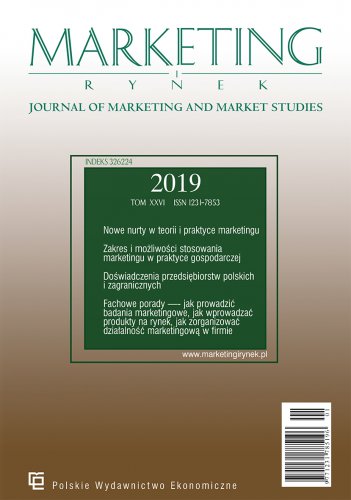A method to measure the emotional experience of audience by the EMOJ tool. The case study of Macerata Opera Festival
This paper aims to present a case study on the application of Emotional Analytics to measure audience experience in the culture sector. The adopted technology enables audience measurement by detecting persons’ face and recognizing the emotions they feel in real time, while watching a show or attending a cultural event. It is the result of a long-term research and development project, whose goal is to advance neuro-marketing by proving a non-invasive ad wearable technology to investigate individual affective and emotional response in public spaces. The developed Emotional Analytics platform is called EMOJ and in summer 2019 has been used to analyse the experience lived by the audience of the Macerata Opera Festival, a series of opera representations that take place in the Sferisterio Arena, in Macerata. The goal of this project is to provide useful information on the quality of each performance and of the entire festival perceived by the audience, in order to make the right choices to improve the performances and to have a return on ticket sales for the coming years.
References
Berry, L. L., Carbone L. P., Haeckel S. H. (2002). Managing the Total Customer Experience. MIT Sloan Management Review, 43(3).
Bradley, M. M., Lang, P. J. (2000). Measuring emotion: Behavior, feeling, and physiology. In R. D. Lane, L. Nadel (Eds.), Series in affective science. Cognitive neuroscience of emotion (pp. 242–276). New York: Oxford University Press.
Ceccacci, S., Mengoni, M., Generosi, A., Giraldi, L. (2018). Tools to make shopping experience responsive to customer emotions. International Journal of Automation Technology, 12(3). https://doi.org/10.20965/ijat.2018.p0319
Davenport, T. H., Beck, J. C. (2001). The Attention Economy: Understanding the new currency of business. Boston: Harvard Business Press.
Ekman, P., Friesen, W.V. (2003). Unmasking the Face: A Guide to Recognizing Emotions from Facial Clues. ISHK.
Hill, D. (2008). Emotionomics: Leveraging Emotions for Business Success. Kogan Page.
Klaus, P., Maklan, S. (2013). Towards a better measure of customer experience. International Journal of Market Research, 55, 227–246. https://doi.org/10.2501/ijmr-2013-021
Klaus, P., Maklan, S. (2013). Towards a better measure of customer experience. In: International Journal of Market Research. 55. 227-246. 10.2501/IJMR-2013-021.
Melero, I., Sese, F. J., Verhoef, P. C. (2016). Recasting the Customer Experience in Today’s Omni-channel Environment. Universia Business Review, 50, 18–37.
Mengoni, M., Frontoni, E., Giraldi, L., Ceccacci, S., Pierdicca, R., Paolanti, M. (2017). Customer Experience: A Design Approach and Supporting Platform. Working Conference on Virtual Enterprises. https://doi.org/10.1007/978-3-319-65151-4_27
Revello, A. (2015). Buyer Personas: How to Gain Insight into your Customer's Expectations, Align your Marketing Strategies, and Win More Business. John Wiley & Sons.
Schmitt, B. H. (2010). Customer Experience Management: A Revolutionary Approach to Connecting with Your Customers. John Wiley & Sons.
Seligman, J. (2012). Customer experience in modern marketing. Lulu.com.
Seligman, J. (2018). Customer Experience Management – The Experiential Journey. Lulu.com.
Shapiro, J.M. (2014). Impulse Buying: A New Framework. Proceedings of the 1992 Academy of Marketing Science (AMS) Annual Conference (pp. 76-80). https://doi.org/10.1007/978-3-319-13248-8_16
Villani, I. (2018). Transform Customer Experience: How to achieve customer success and create exceptional CX. John Wiley & Sons.

